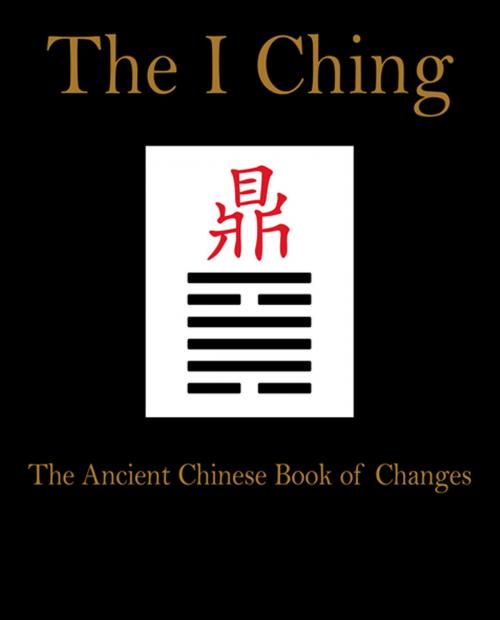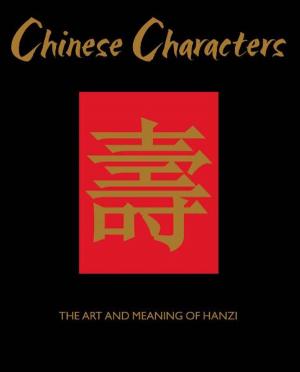I Ching
The Ancient Chinese Book of Changes
Nonfiction, History, Ancient History, Religion & Spirituality, Philosophy, Mind & Body| Author: | Anon | ISBN: | 9781909160088 |
| Publisher: | Amber Books Ltd | Publication: | December 15, 2009 |
| Imprint: | Language: | English |
| Author: | Anon |
| ISBN: | 9781909160088 |
| Publisher: | Amber Books Ltd |
| Publication: | December 15, 2009 |
| Imprint: | |
| Language: | English |
The 2,500 year old Yi-jing or I Ching, translated as the Book of Changes, is an ancient Chinese work of divination and prophesy. Dating from the 4th century BC, it is traditionally consulted by performing complex routines of dropping bundles of dried grass stalks. The particular patterns formed when six stalks are dropped are represented by 64 symbols called hexagrams, which show every possible combination of broken and unbroken stalks. The Book of Changes tells how to interpret the hexagrams to decide which is the best approach or action in a given situation. I Ching: The Ancient Chinese Book of Changes features the 64 hexagrams and their successive interpretations, including the Judgment, written by King Wen in the 12th Century BCE, The Commentary and The Image (both attributed to Confucius, 65th Century BCE), and The Lines, written by King Wens son. Accompanying The Lines are present-day interpretative texts. Beautifully produced in traditional Chinese binding and with a timeless design, this book will allow anyone fascinated by the traditional philosophies of the East to follow in the footsteps of Confucius and use the I Ching to predict their destiny.
The 2,500 year old Yi-jing or I Ching, translated as the Book of Changes, is an ancient Chinese work of divination and prophesy. Dating from the 4th century BC, it is traditionally consulted by performing complex routines of dropping bundles of dried grass stalks. The particular patterns formed when six stalks are dropped are represented by 64 symbols called hexagrams, which show every possible combination of broken and unbroken stalks. The Book of Changes tells how to interpret the hexagrams to decide which is the best approach or action in a given situation. I Ching: The Ancient Chinese Book of Changes features the 64 hexagrams and their successive interpretations, including the Judgment, written by King Wen in the 12th Century BCE, The Commentary and The Image (both attributed to Confucius, 65th Century BCE), and The Lines, written by King Wens son. Accompanying The Lines are present-day interpretative texts. Beautifully produced in traditional Chinese binding and with a timeless design, this book will allow anyone fascinated by the traditional philosophies of the East to follow in the footsteps of Confucius and use the I Ching to predict their destiny.















